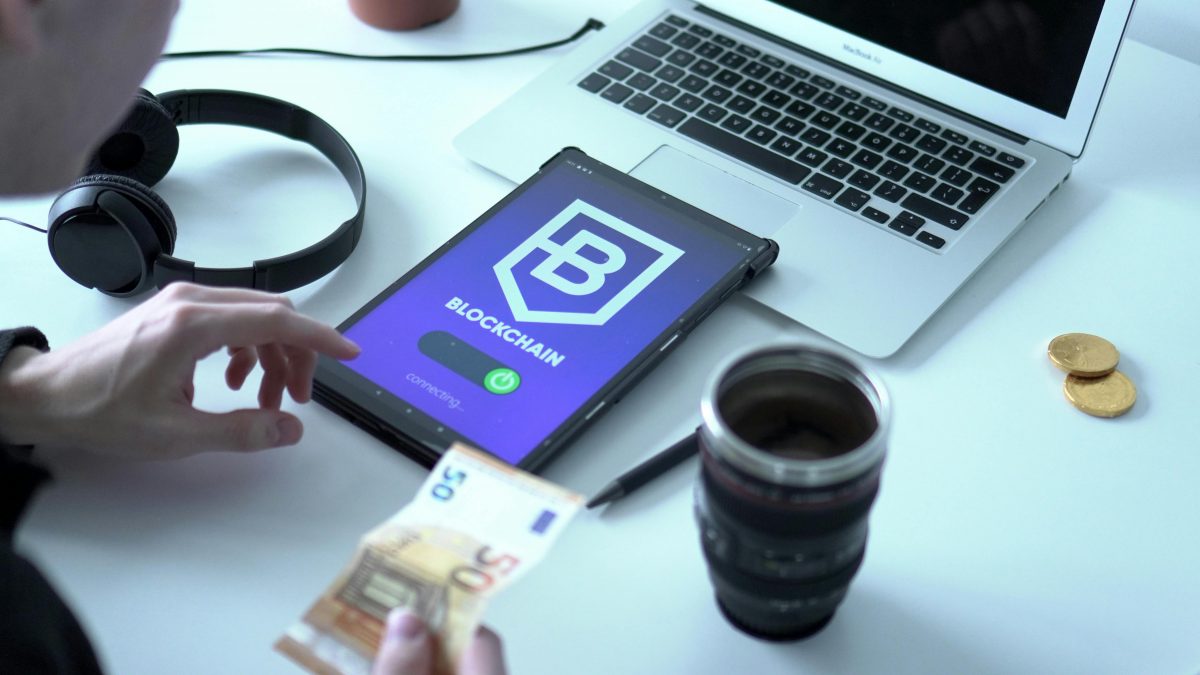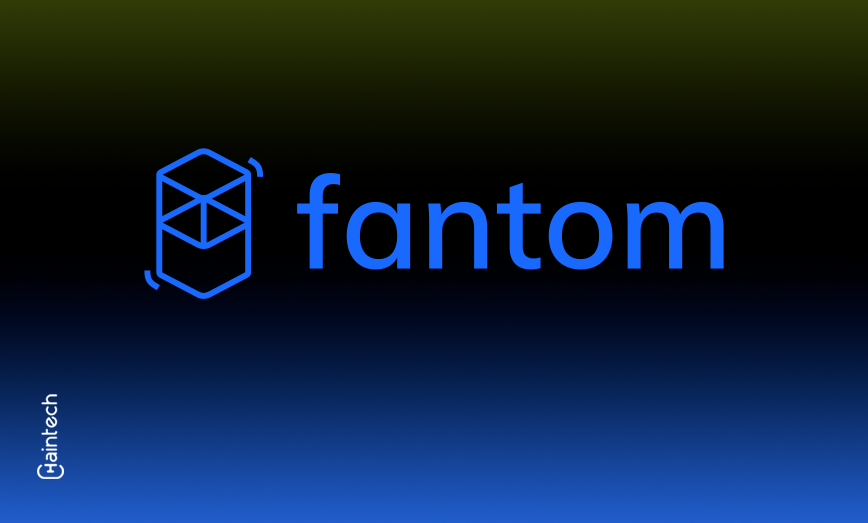Balancer Review 2024

Introduction
We all know that the traditional method of trading involves an order book model. Here, buyers and sellers write down their trade preferences, which are then added to a big list called an order book.
You get to choose the price for buying or selling, but there’s no certainty of when or if the trade will happen. You have to wait for someone else to agree to your trade. If you’re not willing to wait, you can accept someone else’s trade offer, but you must decide on either the price or the timing – not both.
Now, what if we tell you there’s a better and more efficient solution that uses algorithms instead of human interactions? It’s called an automated market maker (AMM). Balancer is one of the protocols of AMM.
Let’s get started.
What is Balancer?
Balancer is like a special protocol that runs on Ethereum, helping people trade digital money and manage their investments. It works as both a place to trade and a tool to automatically balance your portfolio.
In 2019, Mike McDonald and Fernando Martinelli, the founders of Balancer Labs, began working on Balancer. They went through different development stages in 2020 and even secured $3 million in funding in March 2020.
This unique protocol, called an Automated Market Maker (AMM), lets people easily trade digital coins like ERC-20 tokens. Balancer is different from other platforms where you can trade digital coins because it has special features. The best part is its automatic portfolio management. This means users can easily handle and balance different digital coins and assets in one place. It’s like having a helpful tool to manage your digital investments without too much hassle.
How does Balance Work?
Balancer is like a platform of an index fund, where users create funds based on the cryptocurrencies they hold. These user-created funds are termed Balancer pools. Anyone interested in contributing liquidity to a pool can do so by depositing assets. Liquidity providers to a Balancer pool earn a share of transaction fees in BAL tokens. Holders of BAL tokens also enjoy decision-making influence over the platform’s future developments.
It employs a distinctive algorithm known as the “constant function market maker” (CFPM), facilitating flexible token swaps without incurring extra transaction costs. Ensuring the security of user assets is a top priority for Balancer, which incorporates a robust security model and subjects itself to regular third-party audits to provide users with a secure and reliable asset management experience.
Features of Balancer
Liquidity Provision:
Balancer’s AMM not only serves as a trading platform but also provides liquidity for ERC-20 tokens. This enhances the trading experience for users by ensuring ample liquidity in the ecosystem.
Less gas fees for traders:
The platform incorporates a smart order routing feature designed to minimise gas fees for traders. This optimisation adds efficiency to transactions, contributing to a cost-effective trading environment.
Flexible Liquidity Pool Management:
Liquidity providers on Balancer have flexibility in managing liquidity pools compared to other AMM protocols. LPs can create pools with up to eight assets, customise token ratios, and set token fees according to their preferences.
Customisation for LPs:
Balancer allows LPs to diversify their pools by including multiple assets and adjusting token weights. This customisation empowers LPs to create portfolio-like liquidity pools, enabling them to track indices or tokenize a group of assets.
Pros & Cons of Balancer
Pros
Diversified Portfolios:
You can have up to 8 different assets in a single pool, allowing for diversified investment.
Efficient Protocol Vault:
The Protocol Vault minimises transactions between different pools, reducing transaction costs for users.
Integration with Gnosis Protocol:
Balancer supports the Gnosis protocol, ensuring higher on-chain liquidity, protection against MEV, and optimised trading fees.
Open to Everyone:
Balancer’s pools are open to anyone, and users can create liquidity pools for any specific token.
Lower Gas Fees:
The platform aims to reduce gas fees, making transactions more cost-effective for users.
Cons:
Complexity for Beginners:
Balancer’s concepts may pose challenges for users new to the crypto market.
ERC-20 Token Limitation:
Balancer’s current functionality is confined to ERC-20 tokens, limiting the range of supported assets.
Impermanent Loss Risk:
Liquidity providers face the inherent risk of impermanent loss, a temporary loss associated with providing liquidity, common in decentralised exchanges.
History of Hacking:
Past successful hacking attempts, like the June 2020 flash loan attack resulting in a loss of nearly $500k, prompted the Balancer team to proactively implement bounty programmes to address vulnerabilities.
No Mobile Version:
Balancer lacks a mobile version, potentially inconveniencing users who prefer mobile trading. The limited progress in this area suggests a smaller mobile user base currently.
Competitors of Balancer
Curve Finance:
Low costs and slippage make stablecoin exchange easy with Curve Finance. Curve DAO lets liquidity providers establish pools, alter parameters, and provide incentives.
Uniswap:
Uniswap is a crypto exchange. It uses an automatic system for trading, allowing people to trade cryptocurrencies directly with each other. It is managed by UNI owners. Being open-source means anyone can see and help improve the code behind the blockchain.
Bancor:
Bancor focuses on smart tokens. The Bancor Protocol automates and decentralises Ethereum and other blockchain exchanges. The protocol is adaptable and can be implemented on any smart contract-enabled blockchain. It offers a comprehensive on-chain liquidity solution.
Conclusion
In conclusion, Balancer stands out as a user-friendly protocol catering to crypto investors seeking optimal asset exchanges and those with idle portfolios looking to maximise returns.
The platform’s private liquidity pools, which are particularly appealing to portfolio managers and large-scale investors, offer unique advantages. Multi-token pools provide access to a diversified crypto index with the added benefit of automatic rebalancing.
As a pioneer in programmable liquidity, Balancer Protocol, with its latest version (V2), addresses concerns about Ethereum gas fees through innovative vault architecture. This reduction in fees enhances cost-effectiveness for users trading within Balancer Pools, distinguishing it from other platforms.
Its customisable pool logic opens avenues for diverse functionalities, extending its impact beyond traditional index fund-like pools. Balancer Protocol is not just a tool for liquidity provision; it’s a fundamental building block shaping the future of decentralised finance.









